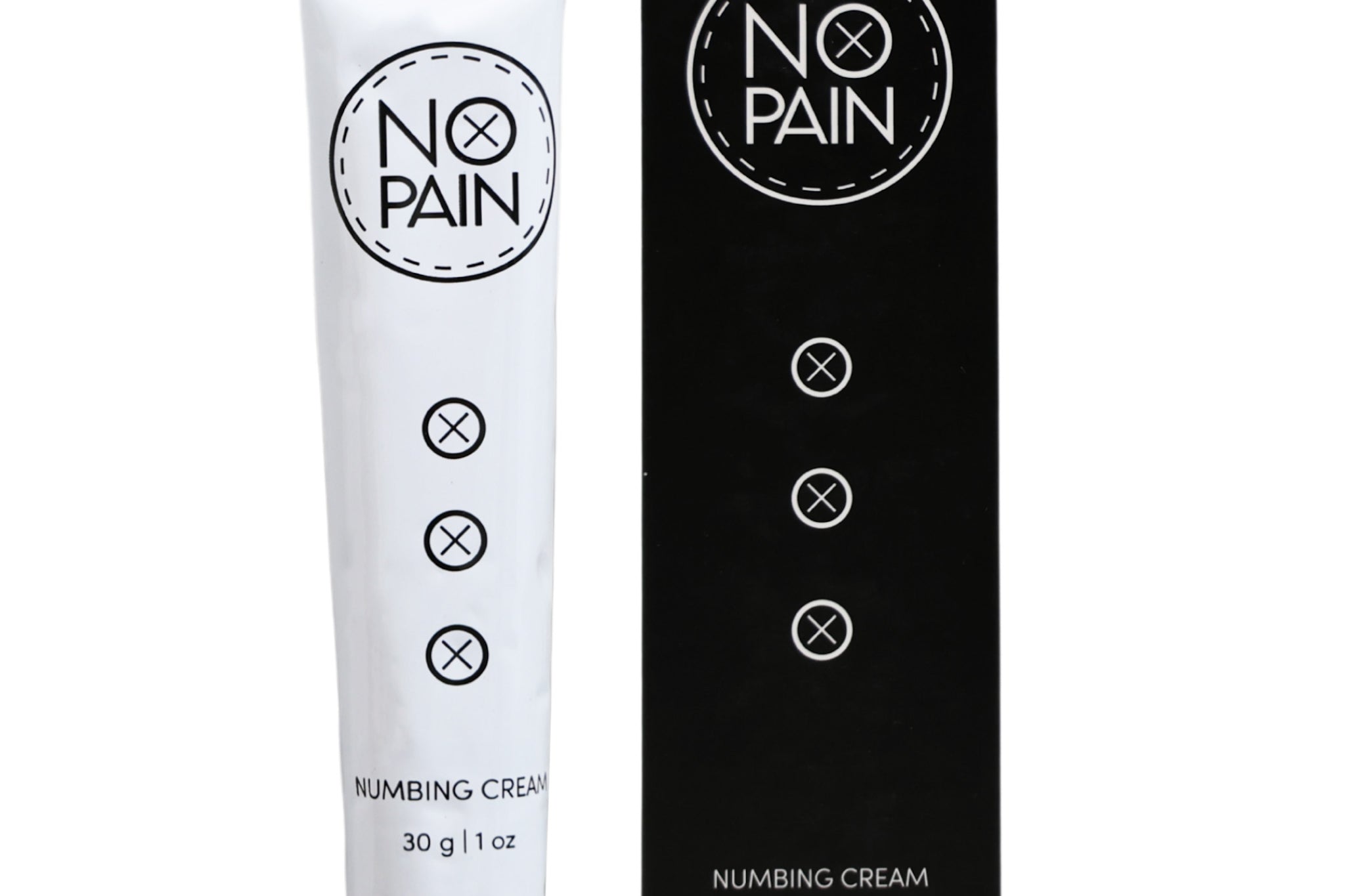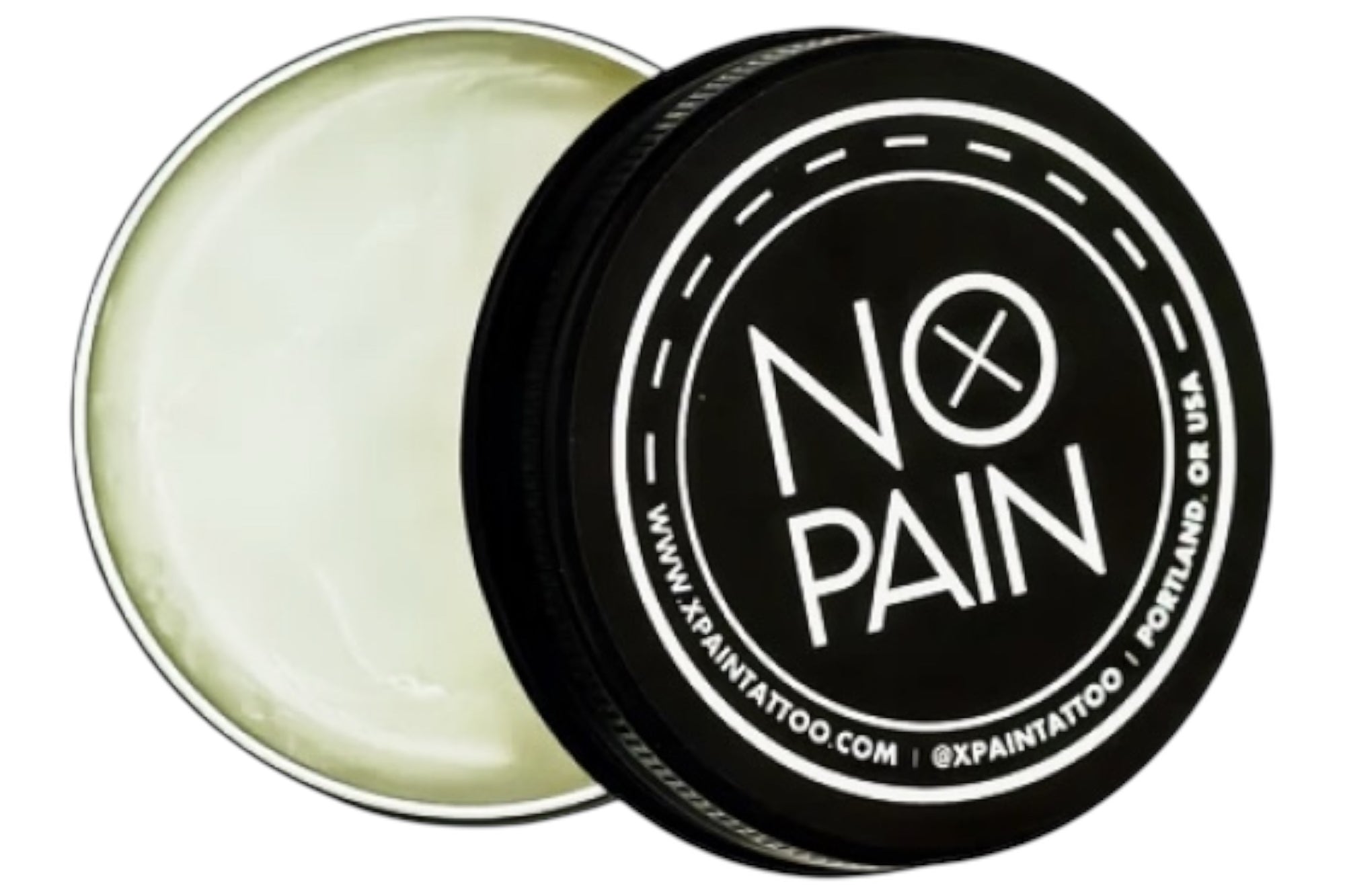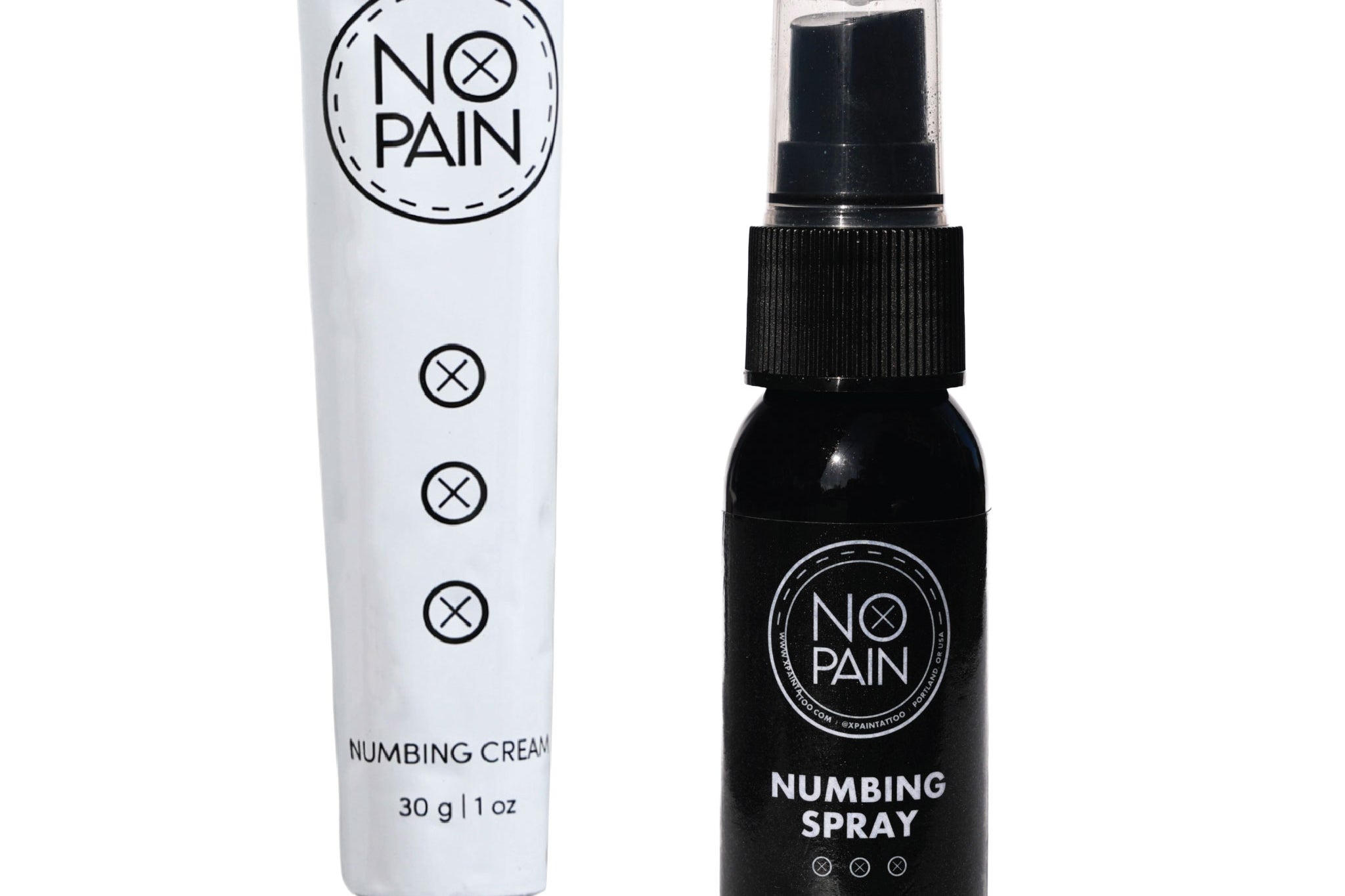The decision to get a tattoo is a significant one, involving careful consideration of the design, artist, and placement. But for someone living with a bleeding disorder like hemophilia, the question is much more fundamental and serious: "Is it safe to get a tattoo if I have hemophilia?"
This is not a question of pain tolerance or aftercare preference; it is a critical medical safety question. The answer from the overwhelming consensus of medical professionals and reputable tattoo artists is that getting a tattoo with hemophilia is an extremely high-risk procedure that should not be undertaken without explicit clearance and a detailed plan from your hematologist.
This is your essential safety guide to the serious risks involved and the non-negotiable steps you must take before even considering a tattoo if you have hemophilia.
Disclaimer: This guide is not a substitute for professional medical advice. You must consult with your doctor and your hematologist before making any decisions about getting a tattoo.
The Core Conflict: Hemophilia vs. the Tattoo Process
To understand the risk, you need to understand the fundamental conflict between the condition and the procedure.
-
Hemophilia: Is a genetic disorder that impairs the body's ability to make blood clots, a process needed to stop bleeding.
-
Tattooing: Is the process of creating a large open wound by puncturing the skin thousands of times with needles. How do tattoos work? They require the body to effectively stop the bleeding and begin the clotting process to trap the ink in the skin and start healing.
These two realities are in direct opposition.
The Serious Risks Involved
-
Uncontrolled Bleeding: This is the most significant and dangerous risk. For a person with moderate to severe hemophilia, the trauma of a tattoo can cause prolonged, excessive bleeding that is difficult to stop. This can be a serious medical emergency.
-
A Guaranteed Bad Tattoo: Even if the bleeding is managed, it will be far more than a normal client would experience. This excessive bleeding will literally push the fresh ink right back out of your skin as the artist is trying to work. The final result will be a faded, blurry, and patchy tattoo.
-
A Nightmare Heal: The tattoo healing stages will be severely compromised. The wound will struggle to close, which means:
-
The risk of a tattoo infection is dramatically higher because the wound is open for longer.
-
You will likely experience extreme and painful scabbing.
-
The overall healing time will be significantly prolonged.
-
Your Non-Negotiable Safety Checklist
1. You MUST Get Clearance From Your Hematologist.
This is the only way to even begin this conversation. Your doctor is the only person who understands your specific type of hemophilia, its severity, and your treatment plan. They can tell you if it is medically feasible and what precautions or treatments (like an infusion before the session) might be required.
2. You MUST Be 100% Transparent with Your Tattoo Artist.
During your tattoo consultation, you must inform the artist of your condition and provide them with written clearance from your doctor. A professional artist will almost certainly refuse to tattoo you without it due to the immense safety and liability risks.
Aftercare for the Highest-Risk Heal
If you and your medical team decide it is safe to proceed, your tattoo aftercare must be absolutely flawless to give your body the best possible chance to heal.
-
A professional, sterile aftercare system is your only option. Our No Pain Tattoo Aftercare Bundle provides the essential tools. The No Pain Tattoo Cleansing Foam is critical for keeping the wound clean, and the No Pain Tattoo Aftercare Balm can provide a breathable, protective barrier to support the skin through its extremely challenging heal.
The Verdict: For the vast majority of people with hemophilia, getting a tattoo is an extremely high-risk procedure that should be avoided. The only safe path forward is a direct and honest conversation with your doctor. Your health is infinitely more important than any piece of art.



